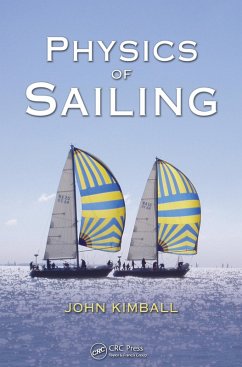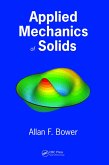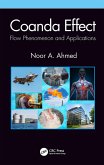After a brief but insightful tour of the history of sailing, the book explores the physics involved in making faster sailing crafts for both upwind and downwind sailing, including Newton's impact theory of fluid resistance and lift and drag phenomena. It compares possible sail shapes, presents measurements of hull smoothness, and describes wind turbulence, the nature of water waves, and the structure of wakes. Using the physics of optics, the author also explains the connection between water's appearance and the wind. Along with a glossary of sailing terms, he includes many examples throughout to illustrate the concepts in practice.
Avoiding unnecessary formalisms, this book skillfully applies the principles of fluid mechanics to sailboat technology and the art of sailing. It should help you become a more knowledgeable sailor.
Dieser Download kann aus rechtlichen Gründen nur mit Rechnungsadresse in A, B, BG, CY, CZ, D, DK, EW, E, FIN, F, GR, HR, H, IRL, I, LT, L, LR, M, NL, PL, P, R, S, SLO, SK ausgeliefert werden.
-R.S. Shorter, Contemporary Physics, 52, 2011
... an excellent introduction to the forces that enable sailboats to perform ... . John Kimball has contributed a readable explanation of the physics behind sailing that will appeal to a wide range of technically oriented readers.
-James Harper, University of New Hampshire, Durham, USA
The book is very well written and informative.
-Guy Vandegrift, Wright State University, Dayton, Ohio, USA
I like the book very much. It is well written and ... fills a nice gap between my very introductory book and an even more detailed, mathematical approach.
-Bryon D. Anderson, Ph.D., Kent State University, Ohio, USA









